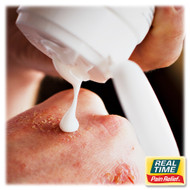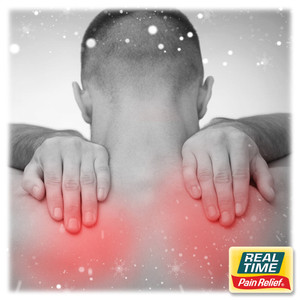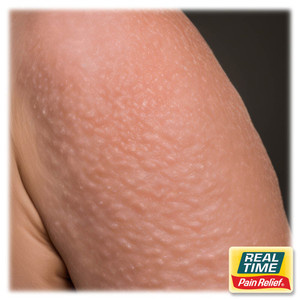Understanding Parabens in Topical Products: Exploring Concerns and Alternatives
29th Feb 2024
Introduction:
In the world of skincare and personal care products, consumers are becoming increasingly conscious of the ingredients in their chosen products. One group of chemicals that has garnered attention in recent years is parabens, commonly used as preservatives. This article aims to delve into parabens, specifically methylparaben and ethylparaben, addressing concerns about their potential hormone-disrupting properties and exploring alternative options.
The Role of Parabens:
Parabens are a family of synthetic chemicals commonly used as preservatives in a variety of cosmetic and personal care products, including topical pain relief creams and lotions. Methylparaben and ethylparaben are two members of this family, known for their ability to inhibit the growth of bacteria, yeast, and molds, extending the shelf life of products.
Concerns about Hormone Disruption:
One of the primary reasons some individuals choose to avoid parabens is the concern about their potential hormone-disrupting properties. Parabens can mimic estrogen, a hormone naturally found in the body, and there have been studies suggesting that they may be detected in human tissues. The possibility of parabens interfering with the endocrine system has raised red flags among consumers and researchers alike.
The Endocrine System and Hormone Disruption:
The endocrine system plays a crucial role in regulating hormones, which are essential for various bodily functions, including growth, metabolism, and reproduction. Hormone disruptors, like parabens, may interfere with the normal functioning of the endocrine system by mimicking or blocking natural hormones. This disruption can lead to a range of health concerns, including reproductive issues, developmental problems, and potentially an increased risk of certain cancers.
Research and Controversies:
While there is ongoing research on the impact of parabens on human health, the findings are not conclusive. Some studies have detected parabens in human tissues, including breast tissue, raising concerns about a potential link to breast cancer. However, the scientific community emphasizes the need for more research to establish a clear connection between parabens and adverse health effects.
Alternative Preservatives:
Given the concerns surrounding parabens, many consumers seek products with alternative preservatives. Manufacturers have responded to this demand by formulating products with natural preservatives or alternative synthetic preservatives that have a lower risk of adverse effects. Some natural alternatives include grapefruit seed extract, rosemary extract, and vitamin E.
Reading Labels and Making Informed Choices:
To make informed choices about skincare products, it's essential for consumers to read labels carefully. Look for products that explicitly state they are paraben-free or formulated without specific parabens like methylparaben and ethylparaben. Additionally, exploring products with natural preservatives can provide peace of mind for those concerned about potential health risks.
Conclusion:
While the concerns about parabens and their potential hormone-disrupting properties are valid, it's crucial to approach the topic with a balanced perspective. Ongoing research will help clarify the extent of any risks associated with these preservatives. In the meantime, consumers can make informed choices by reading labels, exploring products with alternative preservatives, and staying updated on emerging research findings. Ultimately, understanding the ingredients in topical products empowers individuals to make choices that align with their health and wellness goals.
Resources/References:
- American Academy of Dermatology. "Parabens."
[https://www.aad.org/public/ingredients/why-do-i-need-it/parabens] - Environmental Working Group. "Parabens."
[https://www.ewg.org/californiacosmetics/parabens] - Darbre, P. D. (2008). "Concentrations of Parabens in Human Breast Tumors." Journal of Applied Toxicology, 28(5), 561-578.
[https://pubmed.ncbi.nlm.nih.gov/18484575/] - National Institute of Environmental Health Sciences. "Endocrine Disruptors." [https://www.niehs.nih.gov/health/topics/agents/endocrine/index.cfm]





